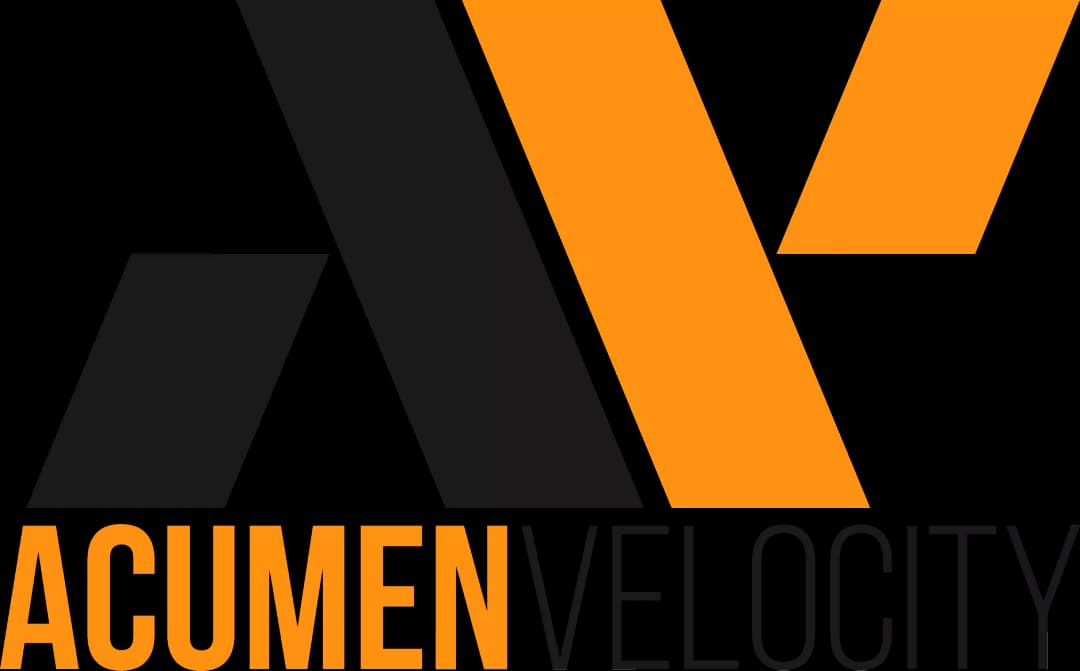Data Architecture & Integration
Designing scalable and efficient data architectures. Integrating data from various sources into a unified system.
improvement in decision-making speed and accuracy due to better access to relevant data and AI-driven insights,
Increased Revenue Growth as a result of data-driven strategies and market insights.
reduction in costs for organizations, particularly in areas like IT infrastructure, where cloud computing and AI can optimize resources.
Building a future-proof data infrastructure that supports advanced analytics and AI applications.

Data Architecture & Integration in Your Industry
Data Architecture & Integration - Methodology and Strategy

Get Data Ready
-
Initial Consultation
Engage with key stakeholders to understand the current data landscape, business goals, and challenges.
-
Maturity Assessment
Evaluate the organization’s data maturity level to determine the appropriate architecture and integration strategies.
-
Data Inventory
Catalog existing data sources, both structured and unstructured, and assess their quality, relevance, and accessibility.
-
Architectural Blueprint
Design a scalable and flexible data architecture that aligns with your organization’s current needs and future growth.
-
Data Integration Strategy
Develop a comprehensive plan for integrating data from various sources, ensuring seamless data flow and accessibility across the organization.
-
Technology Selection
Recommend and select the most suitable tools and technologies for data storage, processing, and integration based on the organization’s requirements and industry best practices.
-
Data Structuring
Organize and structure unstructured data to make it accessible and usable for analytics and AI applications.
-
Integration and Interoperability
Implement solutions that enable smooth data integration across different systems, ensuring interoperability and consistent data availability.
-
Generative AI Integration
If applicable, integrate generative AI capabilities into the data architecture to enhance analytics and decision-making processes.
-
Testing and Validation
Conduct thorough testing to ensure the architecture meets performance, scalability, and security standards.
-
Data Governance
Establish data governance protocols to ensure data quality, consistency, and compliance with regulatory requirements.
-
Security Measures
Implement robust security measures to protect data integrity and prevent unauthorized access.
-
Monitoring and Optimization
Continuously monitor the performance of the data architecture and integration processes, making adjustments as needed to improve efficiency and effectiveness.
-
Scalability Planning
Regularly review and update the architecture to accommodate new data sources, technologies, and business needs.
-
Training and Support
Provide training to internal teams on managing and utilizing the data architecture, ensuring they can fully leverage the new system.
Clients Say
Frequently Asked Questions
What is Data Architecture & Integration, and why is it important for my organization?
Data Architecture & Integration involves designing a structured framework for data management and integrating data from various sources into a unified system. This is crucial for ensuring that your data is organized, accessible, and usable for advanced analytics, AI applications, and informed decision-making. A well-designed architecture supports scalability, efficiency, and alignment with your business goals.
How does the Acumen Velocity Methodology apply to Data Architecture & Integration?
The Acumen Velocity Methodology is a framework we use to rapidly assess your organization's data maturity and design a tailored data architecture that meets both current and future needs. This methodology ensures that the integration process is efficient, scalable, and aligned with your business objectives, allowing for continuous optimization and real-time decision-making.
What types of data can be integrated using your services?
Our Data Architecture & Integration services can handle both structured data (like databases and spreadsheets) and unstructured data (such as emails, social media content, and documents). We also support the integration of emerging technologies, including generative AI and big data solutions, ensuring that all relevant data sources are consolidated into a unified, interoperable system.
How do you ensure the security and integrity of data during the integration process?
Security and data integrity are top priorities in our integration process. We implement advanced security protocols and data governance measures to protect your data from unauthorized access and ensure that it remains accurate and consistent throughout the integration process. Our approach also includes rigorous testing and validation to identify and resolve any potential vulnerabilities.
Can you customize the data architecture to fit our specific business needs?
Absolutely. We understand that every organization has unique requirements. Through our discovery process, we assess your current data landscape, business goals, and challenges. Based on this assessment, we design a customized data architecture that is scalable, flexible, and aligned with your strategic objectives.

